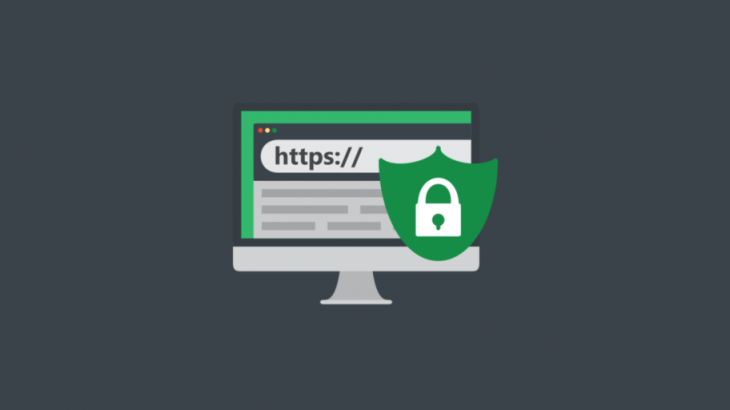Typically, websites redirect HTTP port 80 to HTTPS port 443. But sometimes, you may need to redirect HTTP from a different port (e.g. 8080) to HTTPS. In this article, we will look at how to redirect HTTP to HTTPS on Custom Port in Apache.
How to Redirect HTTP to HTTPS on Custom Port in Apache
Here are the steps to redirect HTTP to HTTPS on custom port 8080 in Apache.
Before you proceed, please note that plain HTTP runs on port 80 only. So if you access your website as http://your-domain.com browser will send the request to port 80 on your server. If you are running your web server on a different port such as 8080 then you need to use http://your-domain.com:8080 to access your website. We will be dealing with this use case in our article.
If you want to redirect a different port to HTTPS, replace 8080 in all steps below with your choice of port number.
1. Open Virtual Host File
Open terminal and run the following command to open Apache virtual host file. Please change the filename below to your website’s virtual host file.
$ sudo vi /etc/apache2/sites-available/http.conf
Also read : How to Rsync between two servers
2. Update Virtual Hosts
You need 2 virtual hosts – one listening on port 8080 and the other listening to port 443 (HTTPS)
<virtualhost *:8080="">
...
RewriteEngine On
RewriteCond %{HTTPS} off
RewriteRule (.*) https://%{HTTP_HOST}%{REQUEST_URI} [R,L]
</virtualhost>
<virtualhost *:443="">
...
SSLEngine on
SSLCertificateFile /var/www/ssl/certificate.crt
SSLCertificateKeyFile /var/www/ssl/secret.key
SSLCertificateChainFile /var/www/ssl/intermediate.crt
</virtualhost>
Let us look at the above configuration. We have create two virtual hosts – for port 8080 and port 443. In the first virtual host, we listen to port 8080, and redirect all incoming requests to HTTPS URL, that is, handled by second virtual host. In the second virtual host, we have also added ssl details.
We use the following RewriteRule to redirect all HTTP requests to HTTPS.
RewriteRule (.*) https://%{HTTP_HOST}%{REQUEST_URI} [R,L]
Also read : How to Install ReactJS in Ubuntu
3. Restart Apache Server
Restart Apache Server to apply changes
$ sudo service apache2 restart
That’s it. Now if you open browser and go to http://your-domain.com:8080 you will be redirected to https://your-domain.com.
Also read : How to Create JSON Response Using Django
Related posts:
How to Get Unique IP Address from Log File
How to Create Virtual Host on XAMPP
How to Disable GZIP Compression in Apache
How to Prevent Direct File Download in Apache Server
How to Change Apache Config Without Restarting
How to Set Apache PATH Environment Variable
How To Block User Agent in Apache
How to Harden Apache Web Server on Centos 7

Sreeram has more than 10 years of experience in web development, Python, Linux, SQL and database programming.
